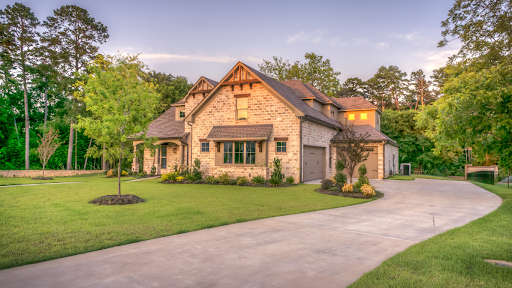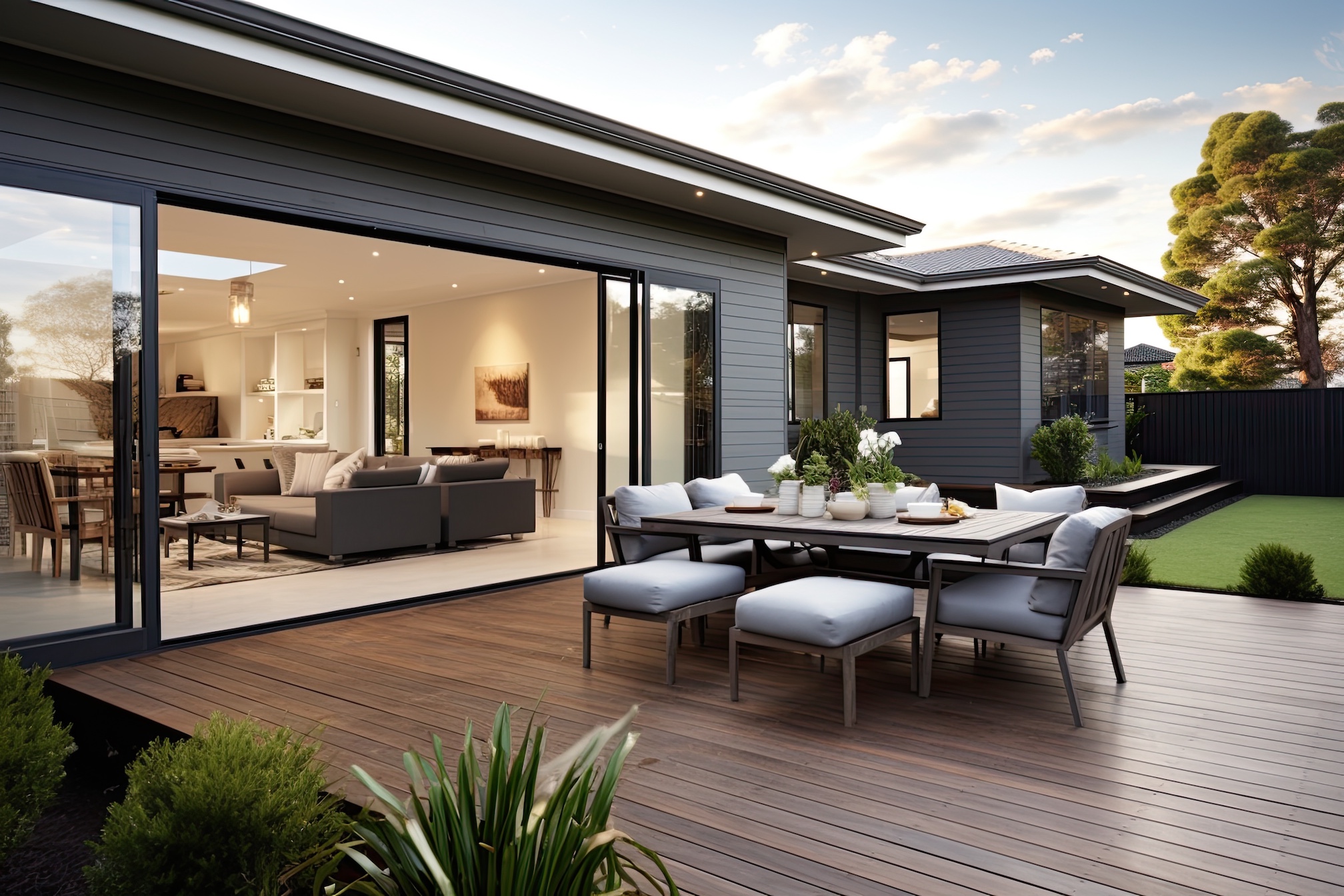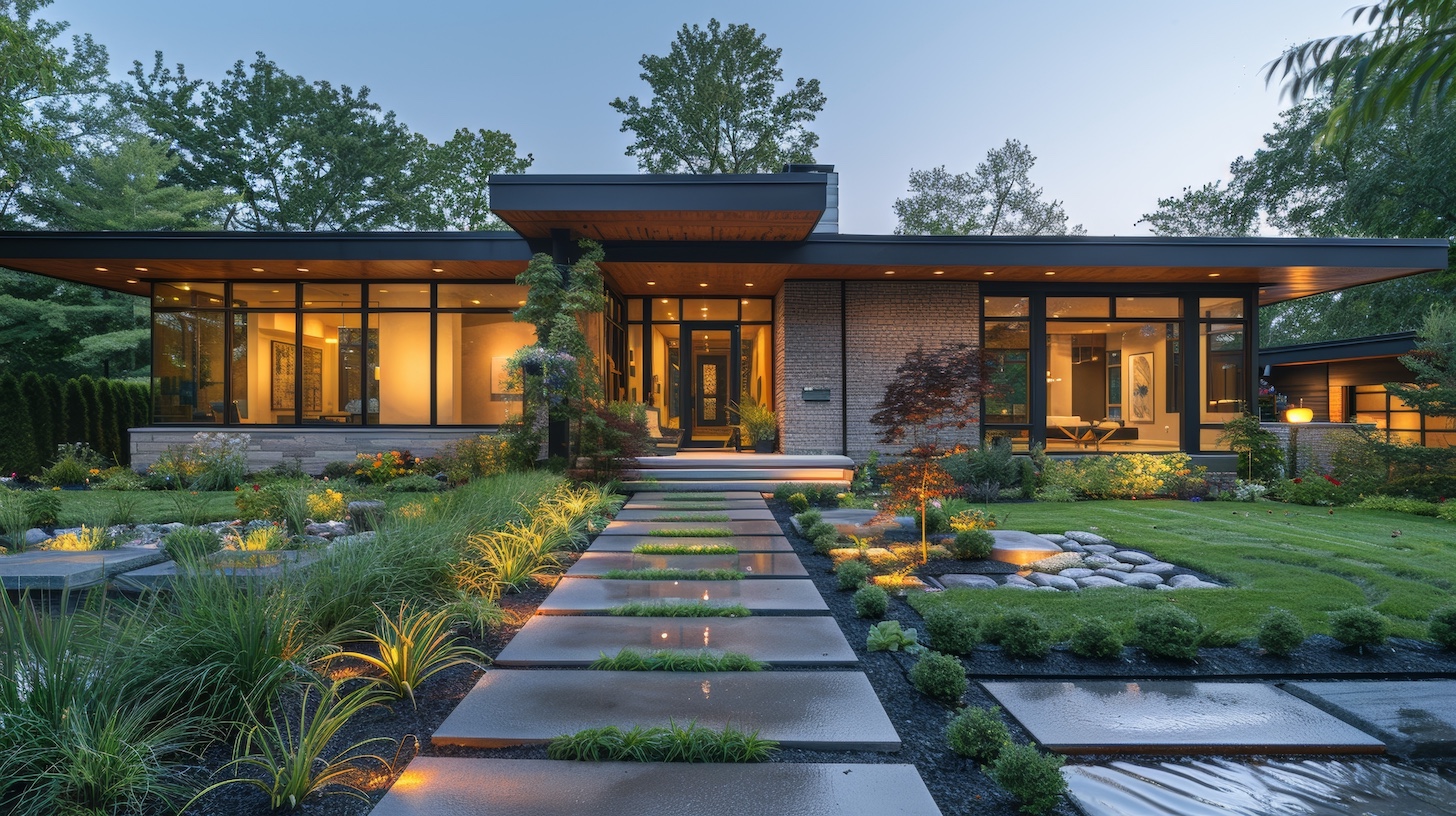
A sustainable home is constructed or remodelled in a manner that optimises energy and resources. Sustainable homes are built for longevity and consider the well-being of occupants and the environment.
Whether traditional single-family homes, condominium buildings, or even modular homes, these homes use low-impact, high-performance materials. As a result, they produce less waste.
Whether you are interested in purchasing a sustainable home or are looking to make some sustainable upgrades to your current abode, this article will give you a better understanding of what makes a home sustainable and why it matters.
Intelligent and sustainable are not mutually exclusive
Sustainable homes are smart homes. No, they may be unable to talk to you or have dinner ready when you return home. But they are bright in the sense that they may utilise smart systems. By having an app that allows you to keep your place at a specific temperature when you’re away at work or installing motion-activated faucets or low-flow toilets, you’re effectively using smart home features while conserving energy and/or water.
Furthermore, sustainable homes are smart in that they do a better job of providing the essentials like heat, light, shelter, and power.
Take California as an example. There have been a few cases where power is cut off, either on purpose or by accident, due to volatile weather. The energy grid isn’t as stable as it has been in the past, and it’s not expected to get better. However, solar energy, batteries, and perhaps even rainwater cisterns will keep people comfortable and minimise disruption if the power goes out again. Owners could also rely on natural energy reserves when energy costs go up. Save money and save the planet. That’s pretty smart.
Elements of a sustainable home
Sustainable homes will take some or all of the following items into consideration:
- Energy
- Water
- Air
- Materials
- Design
- Inclusive living
Energy
The efficient use of clean energy is a key component of a sustainable home. There are several ways that developers and owners can use energy more efficiently:
- Build zoned air conditioning systems
- Install a micro-cogeneration unit that integrates a heat pump and generator into one package. The home gets air-conditioning, space heating, electrical power generation and hot water
- Use smart meters and energy display monitors
- Install windows that keep the heat out in summer and the cold out in winter
- Harness solar power with solar panels
- Build homes/condos that take solar orientation into account for passive solar gain
- Use energy-efficient appliances/lighting
Water
Water conservation is a big priority for some warm cities, but all of us can make changes to better preserve our clean water.
- Use low-flow toilets
- Install low-flow air raters on shower/tap fixtures
- Invest in advanced plumbing with timed recirculation of hot water
- Get faucets that are motion activated
- Consider permeable pavement that allows the ground below the driveway to reabsorb more water
Air
Air usually ties in with more efficient energy usage.
- Use enthalpy recovery ventilators (ERVs) to pre-heat cold outdoor air. HRVs can recover 70% to 80% of heat from the stale air being exhausted from the home
- Apply zoned air conditioning units. During the summer months, cold water from the ground source heat pump is delivered to the fan coil in the zoned air handling unit. Cool air is delivered to each floor via separate ductwork. For better temperature control, each floor has its own thermostat
Materials
Developers can look at incorporating more sustainable materials into houses and condominiums.
- Wood, and more specifically, wood that is connected to sustainable forestry
- Durisol blocks. They are made primarily from recycled soft wood and a bit of concrete. Because the insulation is on the exterior side of the building block, the concrete inside of the block can act as a thermal mass. It can regulate heating, cooling and relative humidity
- Low-volatile organic compounds, paints and solvents do less harm to the atmosphere
Design
Many developers look to LEED (Leadership in Energy and Environmental Design) for guidance on how to build green. LEED certification is a globally recognised symbol of sustainability achievement and leadership. Since its launch, LEED has evolved to address new markets and building types, technologies, and environmental concerns
Inclusive living
This point is not considered as often as others, but it may take priority as demographic trends indicate that more older adults will be than children. Research has already suggested that many seniors are forced to move more than once in the later stages of their lives, and not because they want to.
The homes they live in become less accommodating. The showers are too challenging to climb in and out of, or the stairs become too dangerous.
Given that there will be more older adults with mobility issues, owners and developers would be wise to consider making homes safer and more accessible now. Modifying homes to be safe and accessible is key to accommodating the changing needs of the ageing population and younger people with disabilities.
It takes a group effort
Creating more sustainable homes is easier when entire teams work together to achieve that goal. Yes, homeowners can make modifications and upgrades, but it’s far easier to keep housing sustainable when developers take charge. Building homes that operate on one “ecosystem,” with environmentally friendly plumbing, weather-resistant windows, more innovative heating, etc., is the best way to minimise waste.
In multi-family buildings, developers often take care to make the development more sustainable because there are so many people living in such a small space. Think about how much heat and water those people use and how much garbage they might produce. Anything the developer can do to conserve resources is welcomed. Similarly, the last thing anyone would want is to see that development deteriorate in 30 years; quality materials must be prioritised over cheap ones.
Building managers can also play a role in making their communities more sustainable. Condos may go through thousands of sheets of paper every year. This is costly and wasteful but can be curbed using a digital management platform. Designed for condominiums and homeowners associations, Condo Control allows communities to send instant messages through email, text or voice messaging. It’s also possible to complete a lot of paperwork traditionally done by hand directly on the software system. It’s a great way to reduce paper waste and printing costs.
Conclusion
There are several good reasons to prioritise sustainable housing. Minimalist homes made from natural materials are more affordable and can be constructed in less time. This can help create more supply in a real estate market that has been unforgiving to first-time buyers. Then there are rising energy costs, dramatically impacting many cities (especially in Europe). And, of course, there’s the ongoing concern about the global climate crisis.
Sustainable homes and communities are suitable for everyone, and experts expect to see more of them soon. Not only are they sustainable, but they are also smart, making them very attractive to buyers who care about comfort, convenience and the planet.
Ref: 3062.26917




 POSTED BY
POSTED BY 

